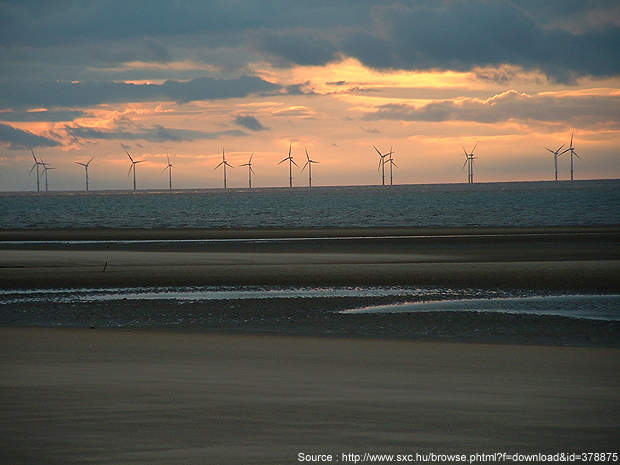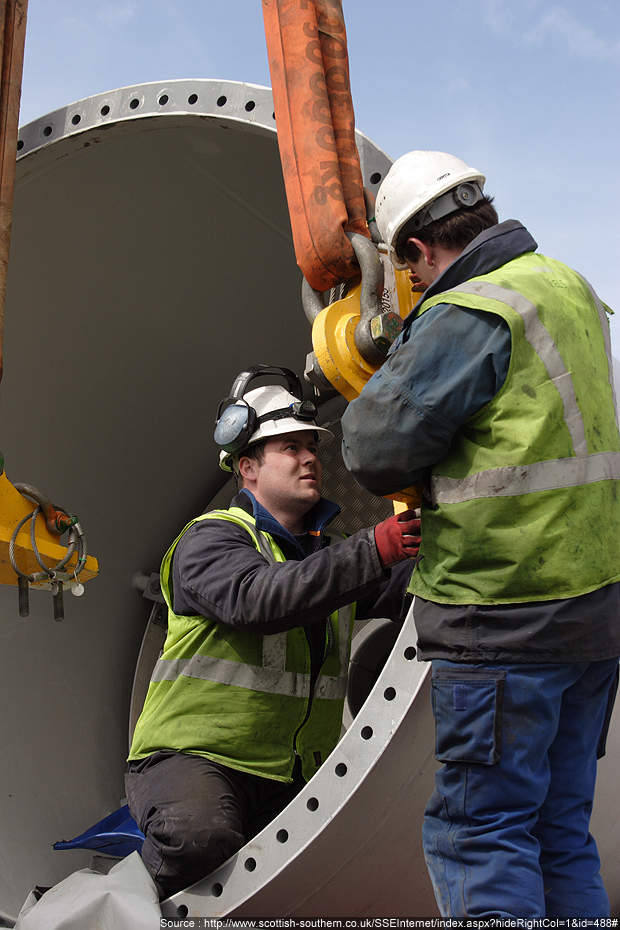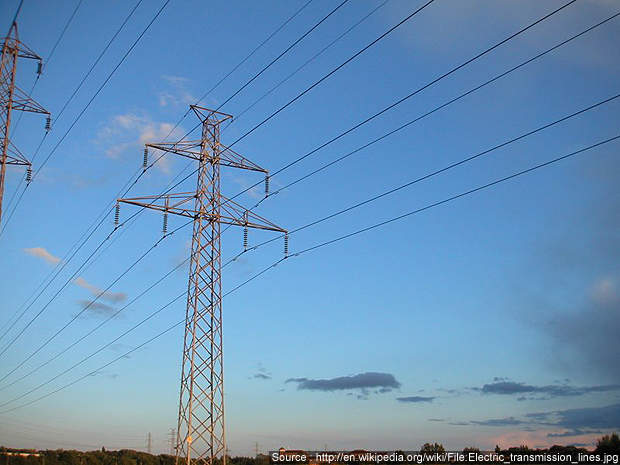The Greater Gabbard Offshore Wind Project is located 25km off the coast of Suffolk, North Sea, adjacent to two sand banks: the Inner Gabbard and The Galloper. It is situated in one of the three strategic areas identified by the UK Government for the second round of offshore wind farm development.
The project was commissioned on 7 September 2012. It is owned by equal joint venture partners Scottish and Southern Energy (SSE) and RWE npower (RWE).
The offshore wind project has 140 wind turbines with an installed capacity of 500MW. It is the world’s largest wind farm and has a 40% load factor.
The Greater Gabbard project was built at a cost of $1.05bn (£650m), excluding the cost of grid connection. It will produce 1,900kWh every year, sufficient to power 530,000 homes. It will also offset carbon emissions of up to one million tonnes each year.
Greater Gabbard wind farm development
The project received approval from the state in October 2007. Its onshore and offshore construction began in 2008 and 2009 respectively.
In October 2009, a 7,000t Leviathan vessel was delivered by Seajacks to carry on the offshore project work.
The first two turbines began generating power to the national grid in January 2011.
Greater Gabbard will contribute 5% of the UK’s 2010 renewable energy target of 10%. This target is raised to 20% by 2020 and 60% by 2050.
Contracts for Suffolk offshore wind facility
The US-based Flour Corporation carried out the EPC contract for the Balance of Plant (BOP).
Siemens supplied the SWT3.6 wind turbines and six 180MVA transformers. It also performed the design, grid and performance studies for the entire wind farm.
Greater Gabbard turbine and plant details
Related project
London Array Offshore Wind Farm, Thames Estuary, United Kingdom
Construction on London Array, which will be the world’s largest offshore wind farm, began in July 2009.
Greater Gabbard is the first wind farm to move into construction phase in the round two offshore wind farms. It spreads over an area of 147km² including the wind turbines, met masts, offshore substation platforms and other associated infrastructure.
Each turbine has a production capacity of 3.6MW and is 170m tall with a rotor diameter of 130m. They are installed on the steel monopole, which is 24-34m deep in the sea. Around 84,000t of monopiles are required for the project. Each monopile is 62m in length and weighs 600t. A 230t transition piece connects the turbine and the monopile. A total of 35,500t of transition pieces are required for the project.
A 33/132kV transformer station with three 180MVA transformers is installed on the offshore substation platforms at Inner Gabbard and the Galloper.
Power to the substations is transmitted through three three-phase 132kV XLPE submarine cables, which come onshore at Sizewell near Leiston in Suffolk.
Project history of Greater Gabbard
The project was originally developed by Greater Gabbard Offshore Winds, a joint venture of Airtricity and Flour in 2008. Subsequently, SSE acquired Airtricity and bought over 50% of the project from Fluor for $64.95m (£40m).
Later in November 2008, SSE sold the 50% to RWE for $500.12m (£308m).
Suffolk offshore wind generation developments
The new Galloper wind farm, is being developed beside the Great Gabbard farm under the state’s extension programme by the Crown Estate to increase the existing capacity of the round one and two wind farms by 2GW.
In May 2010, SSE and RWE secured the developmental rights from the Crown Estate for 504MW Galloper wind farm. It will occupy an area of 174.9km². A planning application submitted to the Infrastructure Planning Commission was accepted in December 2011. The final decision is expected in 2013.
An agreement was signed in 2009 for connection of the project with the National Grid by SSE and RWE.







